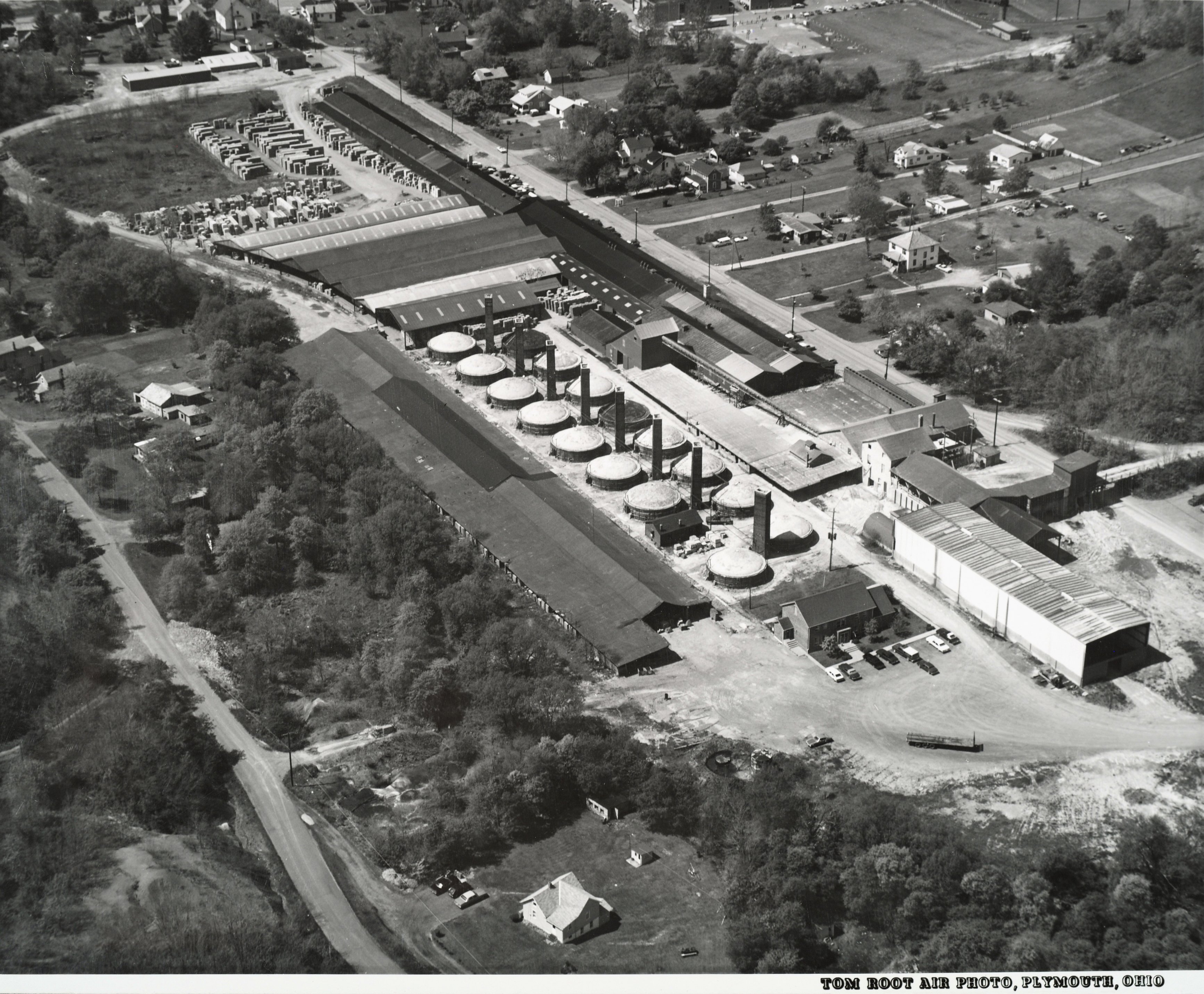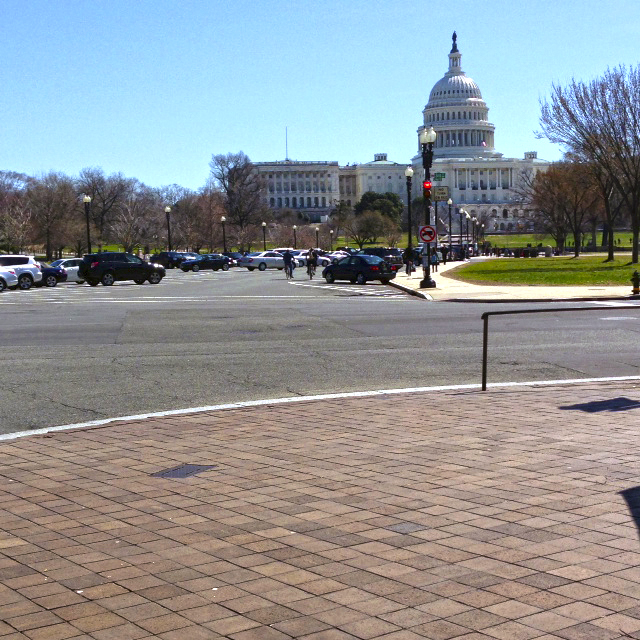The labor contract at Midvale was to expire in the spring of 1988. In the fall of 1987, we informed the union that the plant would not restart in 1988 unless we had a new contract in effect with enough cost savings to leave room for a profit. The expiration date of the contract was unfortunate, as the local union had just fired its second business agent in two years. The new man, Jim Hadley, a vice president of the international union, had bargained with us before. he believed us and said he would work to get an agreement. He also warned that he hadn’t been on the Midvale job long enough to get the confidence of the employees and didn’t expect to be able to lead them to an agreement. The night of the contract vote, Lynn and I were invited to address the members and answer questions, which we did. The contract offer was rejected by a reasonably close vote.
Fortunately, business was still good and we booked orders for, sold, shipped, and collected about $2 million in inventory. The plant closure was expensive beyond belief. WG had gone self-insured on workers compensation 10 years earlier. The early announcement of the plant closing, ordinary regarded as a benefit in allowing workers to get new jobs, backfired in this case, as many used the time to set up fraudulent back injuries. We paid out millions in fraudulent compensation and fighting the fraud over the next five years, and are still paying in 2015. The Midvale
plant was part of a multi employer pension plan. Of the 19 companies originally in the plan, 16 had gone bankrupt, leaving the payment of their retired employees up to the three survivors. It cast $500,000 to buy our way out.
We were fortunate the workers turned us down, as another home building recession arrived soon. There is no way we could have survived the negative cash flow at both Alliance and Midvale.




